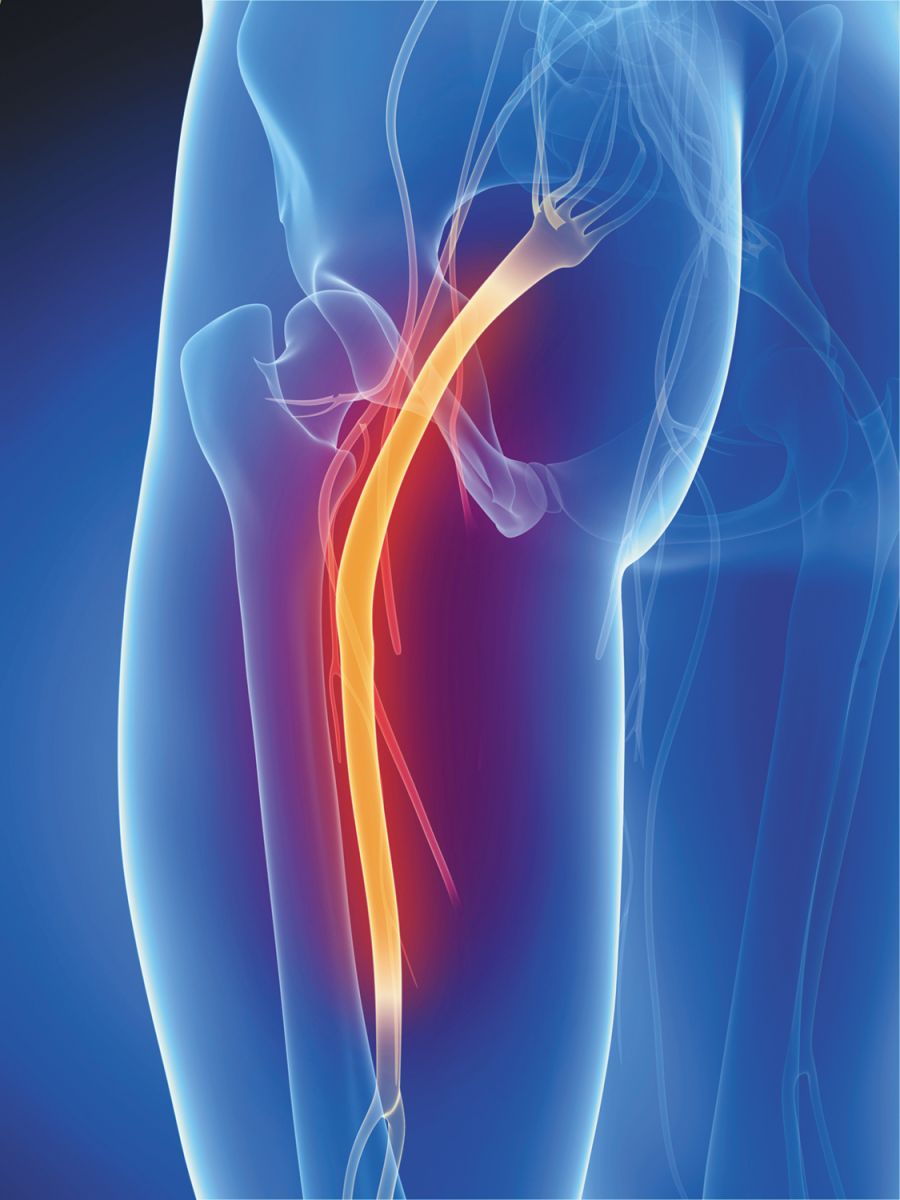
The back is a pain sensitive structure and contributory agents of pain causing nerve compression which includes herniated discs, spinal stenosis and spondylolisthesis and may cause radiculopathies such as sciatica. Acute compression of a normal healthy nerve may lead to paresthesia, motor loss, sensory deficits and reflex abnormalities.
Pressure from tight muscles and fascia are also major pain contributors.
– Tight Hamstrings limit the pelvic girdle.
– The Piriformis muscle houses the sciatic plexus as it descends from the upper body through the hip and travels down the leg.
– The Psoas major, if foreshortened, may cause pelvic rotation or an increased lumbar lordosis and presses against nerves which results in pain, dysfunction and postural changes.
– The sciatic nerve also runs between the Adductor Magnus and the Biceps Femoris.
– Entrapment by posterior thigh muscles may also be part of radicular sciatic pain down the affected leg in the buttock, adductors or upper thigh
